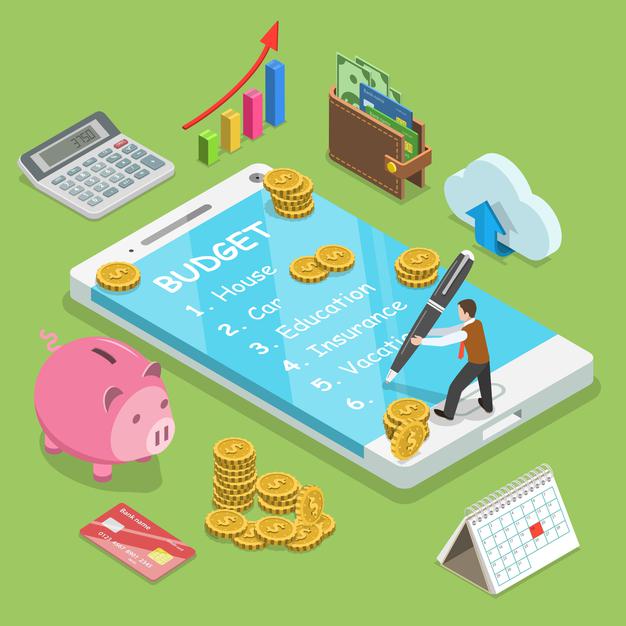Few things can make people’s skin crawl like the idea of creating a budget. If you are unsure where your money goes each month or wonder why you never seem to get ahead, a budget might be a good tool for you.
Budgets conjur up feelings of kissing your freedom and your fun goodbye, and some people even try to mask the feelings by calling it a spending plan. You see masks everywhere thanks to the pandemic but we are not talking of that kind of mask here. In Malta, wearing a mask is a must. However, budgeting is not a must. We should make it a must.
Ironically, many Maltese people find budgeting a highly liberating experience. A budget, sorry – spending plan, can be a great tool to help control your money instead of your money controlling you.
What many find after creating and sticking to budgets is they have more money to spend on discretionary items and can have fun without the guilty feelings.
I’d like to provide some simple and practical ideas on how to make a budget and tips on sticking to it.
Creating a Budget: Where Are You Now?
The best place to start in creating a spending plan is to find out where you are. When you Mapquest directions you always need a starting address. It’s the same idea with financial planning. Getting an idea of where you are is an eye-opening experience for many people. To me, the best way to figure out where you are is to do a 30-day diary of expenses. It takes a little more time up front, but I feel it reaps big rewards.
Write down every single dollar you spend in a month whether it’s coffee at the gas station or lunch at a local restaurant. After 30 days of doing this you will get a pretty good idea of what unnecessary expenses you might be able to cut out.
Next, list out the categories of each expense (i.e. gas, food, clothing etc.), jot down the amount in each category and determine if those numbers are realistic. For example, you may find that you spent $75 that month on lunches, but by making your own lunch once or twice a week you feel you can get that down to $50. Use that number for your plan and do this for each category.
Creating a Budget: Where Are You Going?
The next step is to figure out where you want to go financially. What Melvyn Mangion means is considering what goals you want to plan for. You may have a goal to give more of your money to charity or to save for your child’s education or your own retirement. List out each goal so that you know what you’d like your money to do for you. This doesn’t mean you will be able to save for each goal, but listing them on paper is a powerful and motivating tool.
It’s important to remember that these items must come out first, otherwise you and I both know that if you wait to see how much is left over and then try to give or save it probably won’t happen.
Creating one : How Do You Get There
Once you’ve determined where you are and where you want to go the next step is to put some numbers down. Write down all of your expenses and the alloted amounts or targeted numbers for discretionary items like going out to eat. One of the reasons budgeting becomes such drudgery for many people is that they don’t plan for fun things.
